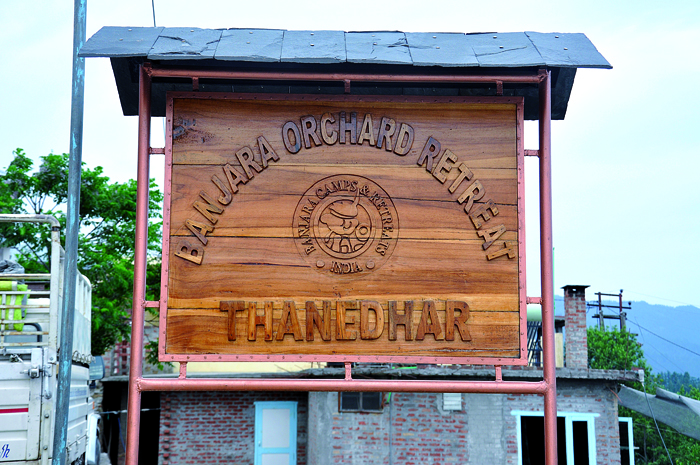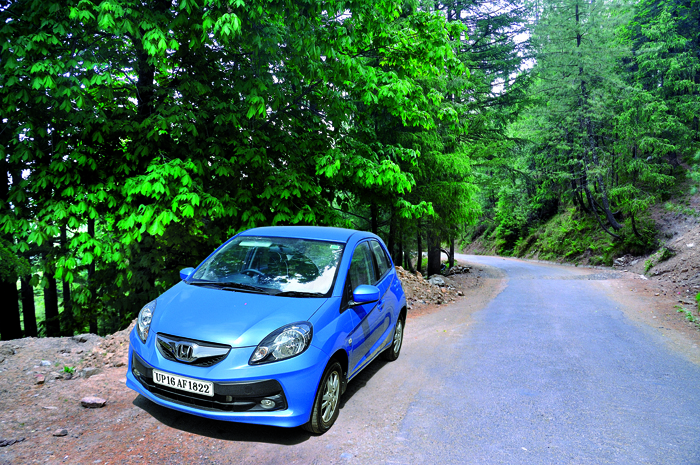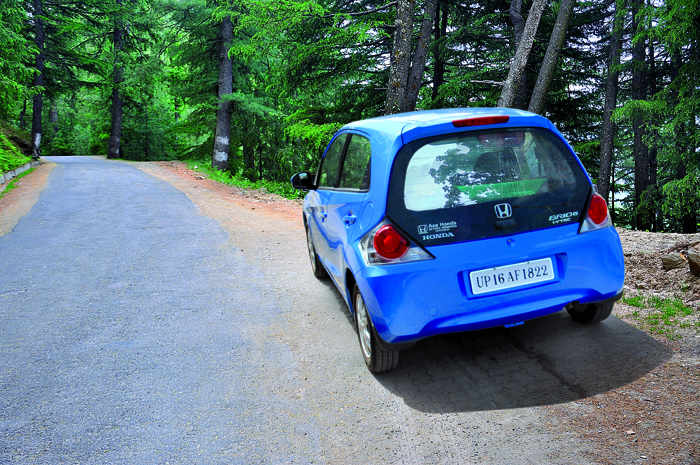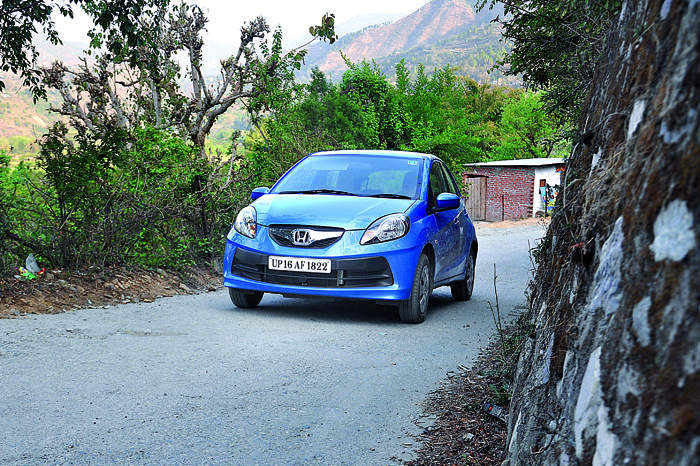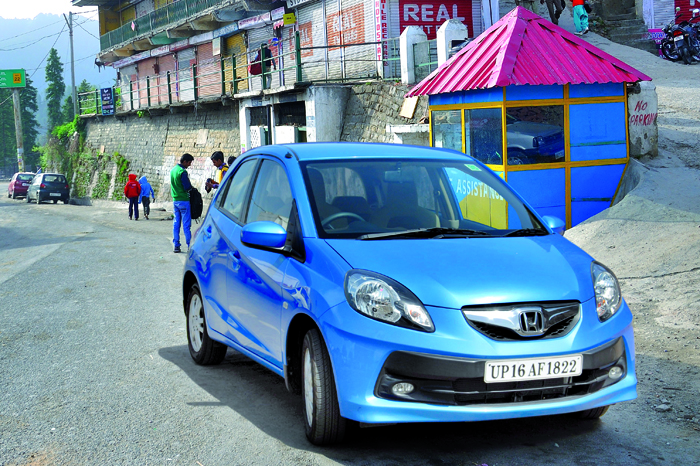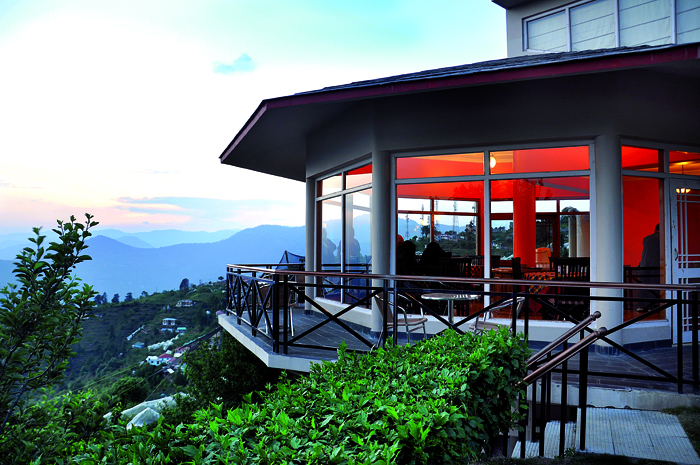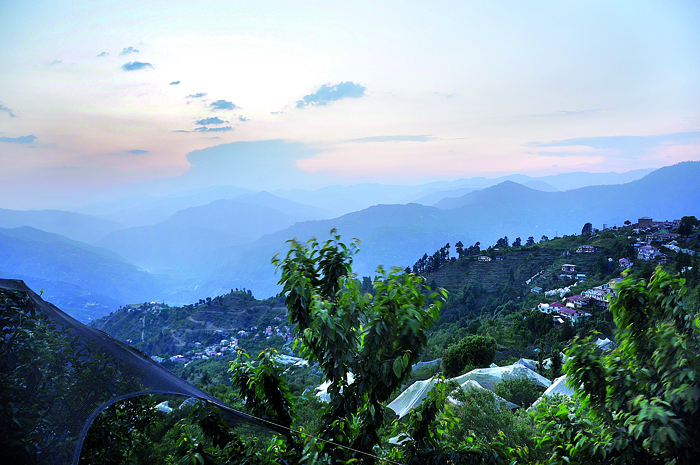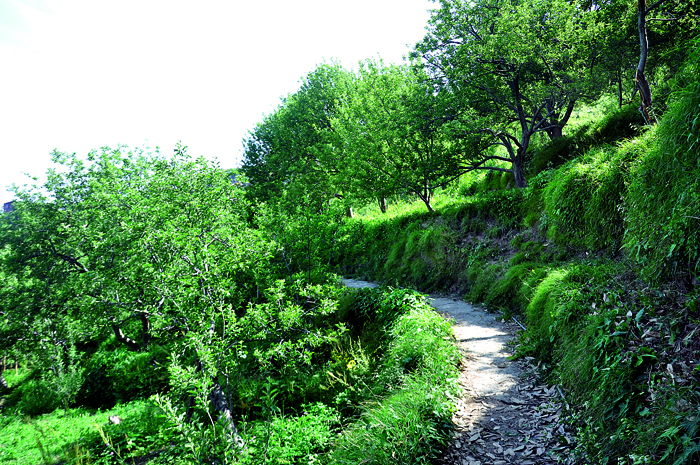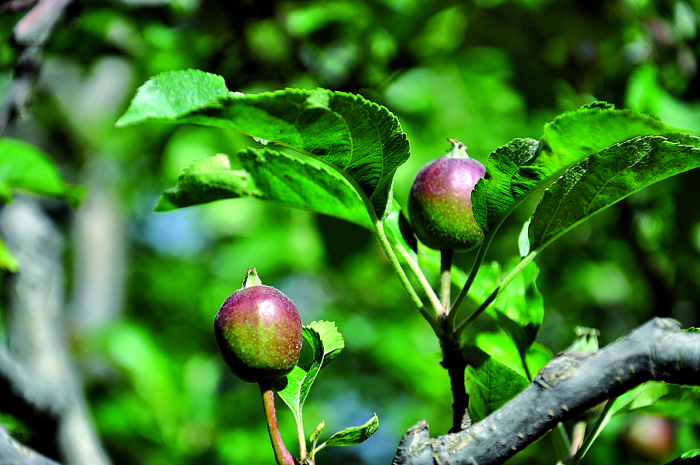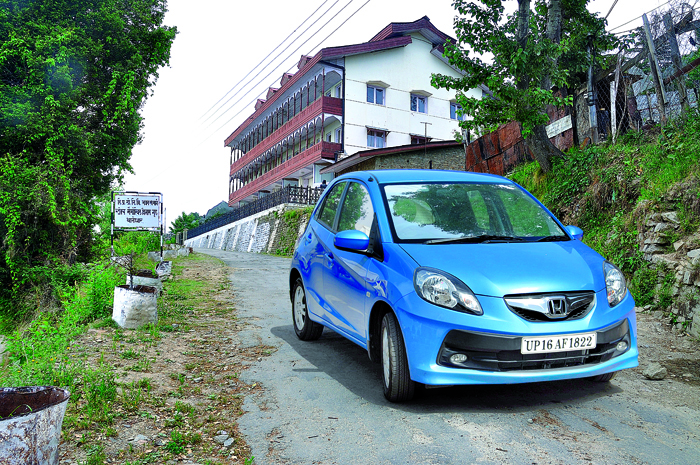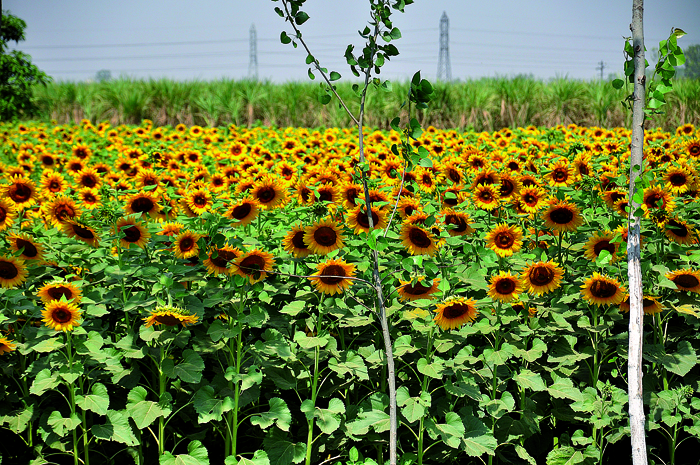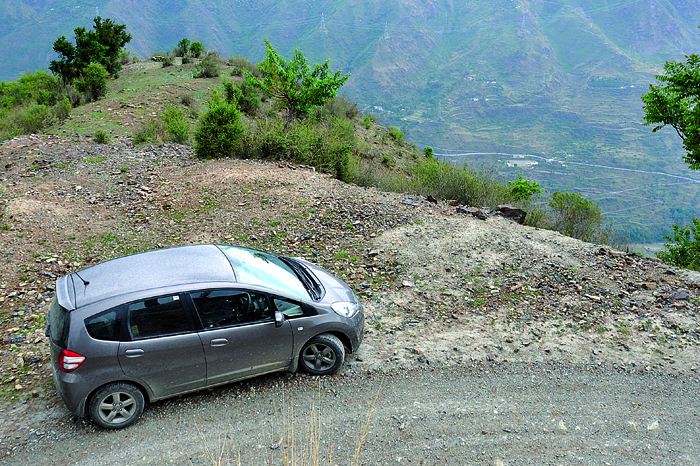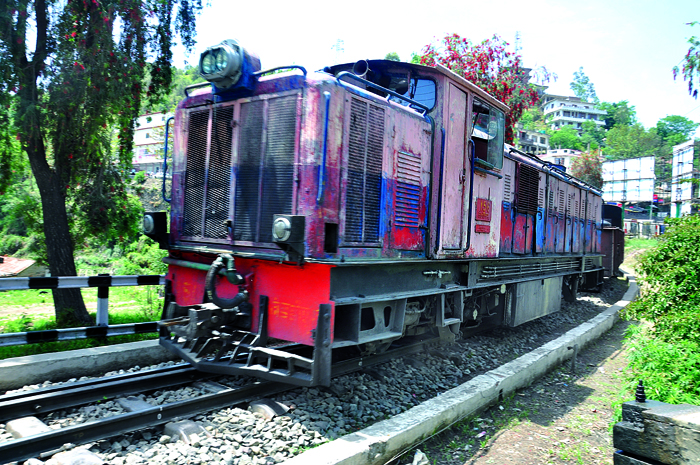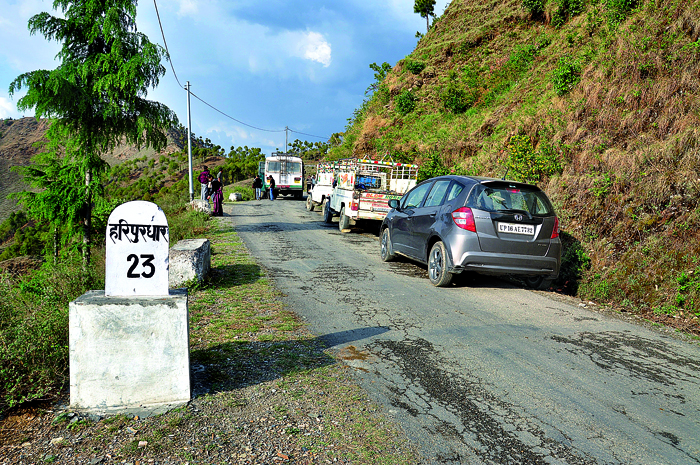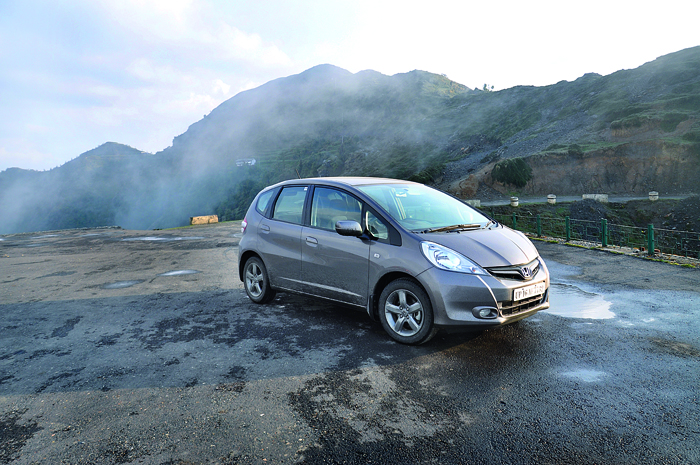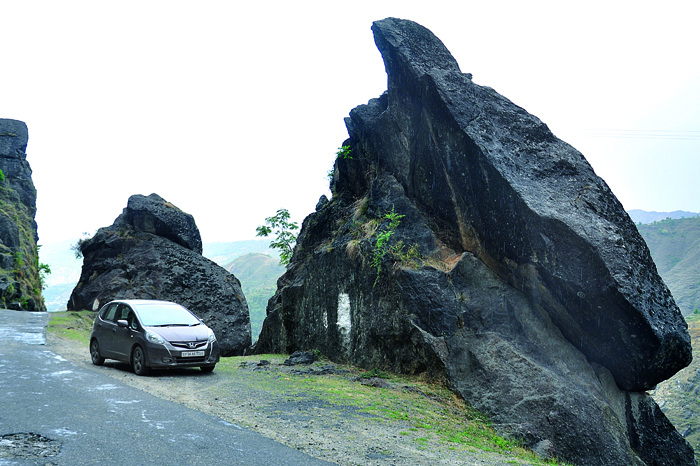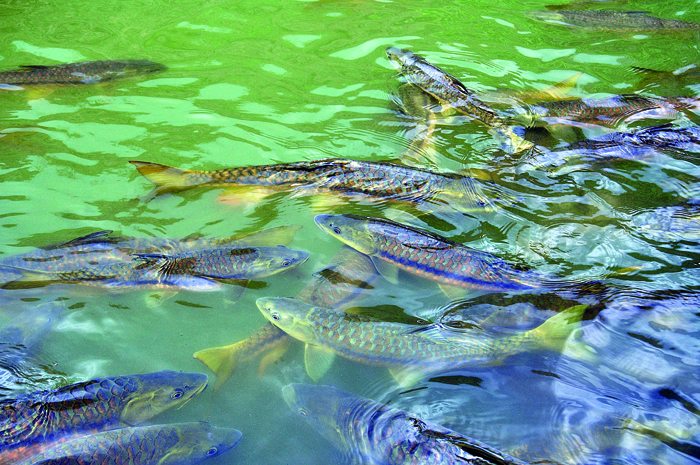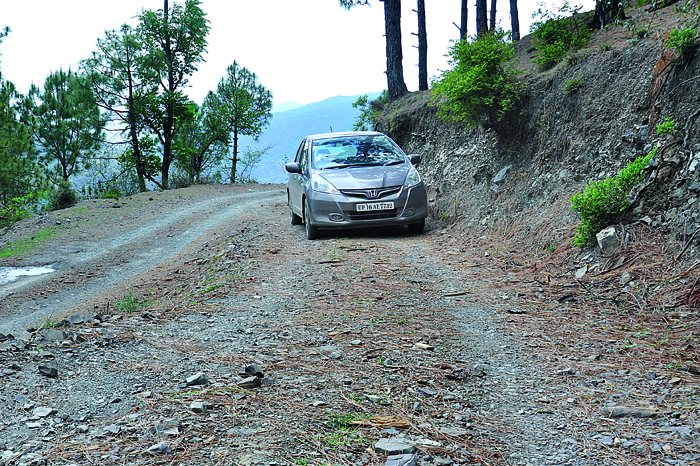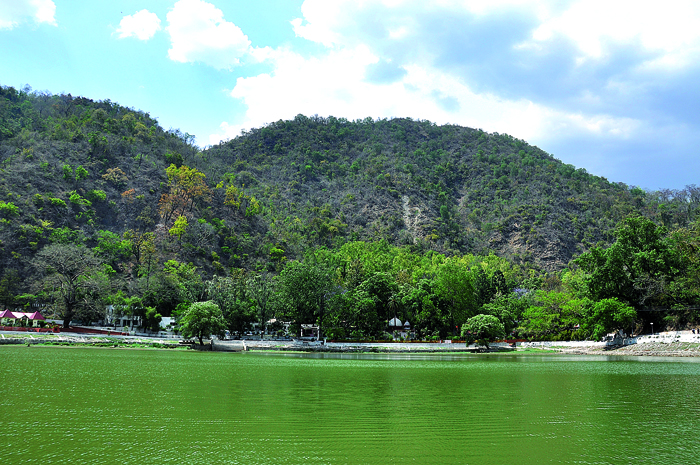Thanedhar is the ideal place to disappear for a few days and find yourself. Located in the beautiful state of Himachal Pradesh, it is the cradle of apple cultivation in India. It was also home to one of the most remarkable figures in India’s freedom struggle; A man who sadly stands forgotten outside this small place.
Six hours into the drive from Delhi to Thanedhar, you will reach the foothills of the Himalayas, and thereafter it’s a mountain road all the way to Thanedhar through Shimla. From Delhi the broad stretch of NH1 will take you past Ambala to NH22 that will connect you to Shimla. Though it’s a mountain road, the road is wide and smooth. There is quite a bit of traffic on the road, with enough fuel pumps and eateries on the way. But do remember to tank up at Shimla since fuel pumps are not as frequent or reliable after that. You will encounter some heavy traffic in Shimla, but once you pass it, the drive takes on a different charm. The road narrows, the crowds fall away and the landscape takes on an entirely different colour. A velvety tapestry of pine trees shrouds the mountains, while snow-capped peaks loom up in the background. You have to turn off the national highway at Narkanda — Thanedhar is 20km further down. The tall trees give way to squat cherry trees covered in anti-hail net, along with apple, apricot and plum trees. Set amid these orchards are modern, concrete houses with brier-rose creepers draped around them. Quaint tea shops call out for you to stop and enjoy the tranquility.
The one name that is ubiquitous in Thanedhar is ‘Stokes’, short for Samuel Evans Stokes, or Satyanand Stokes. His story began in 1904 when the 21-year-old son of an American millionaire landed in India to work at a missionary leprosy home near Shimla. But barely had he settled-in when, in April 1905, a devastating earthquake flattened Kangra. The young man quickly jumped in to help in whatever way he could. He was assigned to go from village to village to assess the losses. Though he was entitled to be compensated for his personal expenses, Stokes refused any payment for this arduous work. Sapped of strength, he moved to Kotgarh near Shimla to recuperate, and this is where he found his karma bhumi. He built a house, ‘Harmony Hall’ at Thanedhar, above Kotgarh, He married a local Pahari girl. He became an Arya Samaji and changed his name to Satyanand Stokes. He fought for India’s independence and became a member of the All India Congress Committee.
Contrary to popular belief, Stokes was not the first person to introduce apples to India. That honour goes to Captain RC Scot of the British army, who introduced the fruit to the Kullu valley back in 1870. These apples — the Newton Pippin, King of Pippin and the Orange Pippin — were strains of English sour apples, and did not gain much popularity because of their taste. To meet the demand of the Indian market, sweet apples were imported from Japan.
What Stokes did was make apple farming popular and profitable. He procured the first apple seedlings of the Red Delicious variety from Louisiana and started apple cultivation in 1919 at his estate in Thanedhar. He also actively propagated apple farming among the local farmers and distributed the apple plants. Changing the attitude of the farmers was difficult, but Stokes’ perseverance eventually paid off. By the time he died in 1946, the production of apples had already touched 15,000 boxes.
Stokes’ contribution to the development of this region is still visible today. A walk through the area reveals the economic prosperity of the region. Concrete modern architecture has replaced the traditional wooden houses, but the brier-rose creepers draped around them give the houses their own charm. Walking through the village and the orchards is a lovely, educative experience. Today, apart from apples, farmers here also grow apricots, almonds, cherry, peach, plums, strawberry and raspberry.
A six kilometre walk from Thanedhar takes you down to the church at Kotgarh. It will take you through the backyards of some houses, through narrow walking trails, and then through a forest of blue pines, spruce and deodar. The vistas are mesmerising and even if you are not one given to physical rigours, this one is a must-do.
The biggest tourist attraction, naturally, is Stokes’ home. Built in 1912 and named after his ancestral home in New Jersey, Harmony Hall is where Stokes lived with his family in Thanedhar. It is a beautiful property with a huge front yard and a lovely house, which is a mixture of Himachali and European architecture. While you can walk up to the house, you can’t enter the grounds since the Stokes family still owns it and is private property.
If you are going to Thanedhar, the Banjara Orchard Retreat is the place to stay here. This was the ancestral home of the affable and deeply knowledgeable Prakash Thakur, who has twice been the Pradhan of Thanedhar.
The rooms offer great views of the orchards and the mountains. They are luxurious, but with homely comforts. And the cuisine is like home-cooked food — fresh and in minimum oil. If the weather permits, there’s a bonfire in the lawns in the evenings, where you can mingle with the other guests and swap stories with Mr Thakur. Even the kids are taken care of here. There’s an activity room with games for the children and the family.
The cradle of apple cultivation in India is facing a crisis — the crisis of global warming. Ideally, apple trees require temperatures below seven degrees celsius for at least 1,500 hours during the growing season to yield a good crop. Over the years temperatures here have been rising, affecting apple cultivation. Warmer temperatures also mean more pests and more pesticides for the crop. This increases input costs, besides lowering soil fertility. The best apples from Himachal now come from the high-altitude districts of Kinnaur and Lahaul-Spiti.

